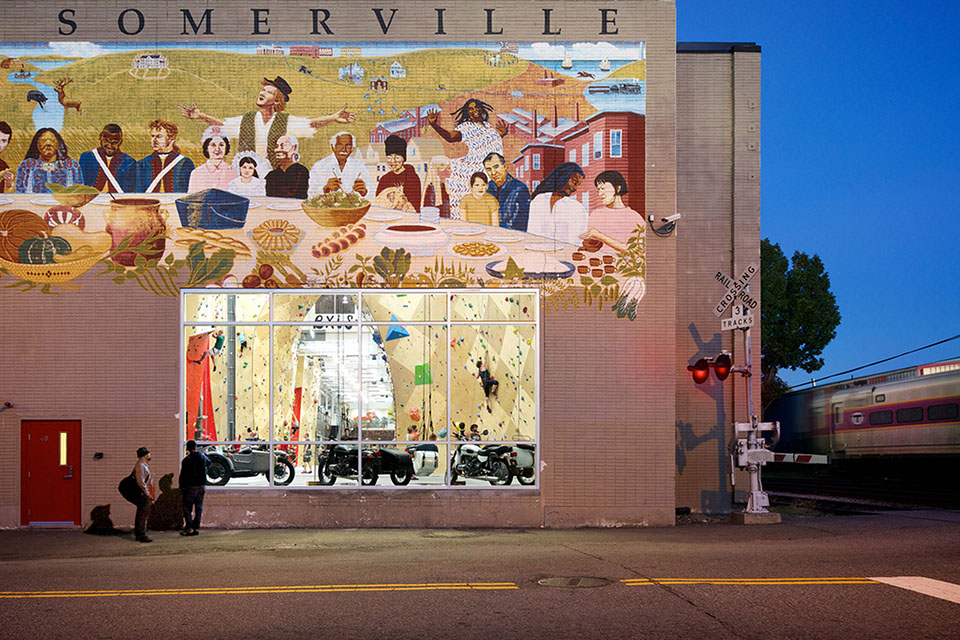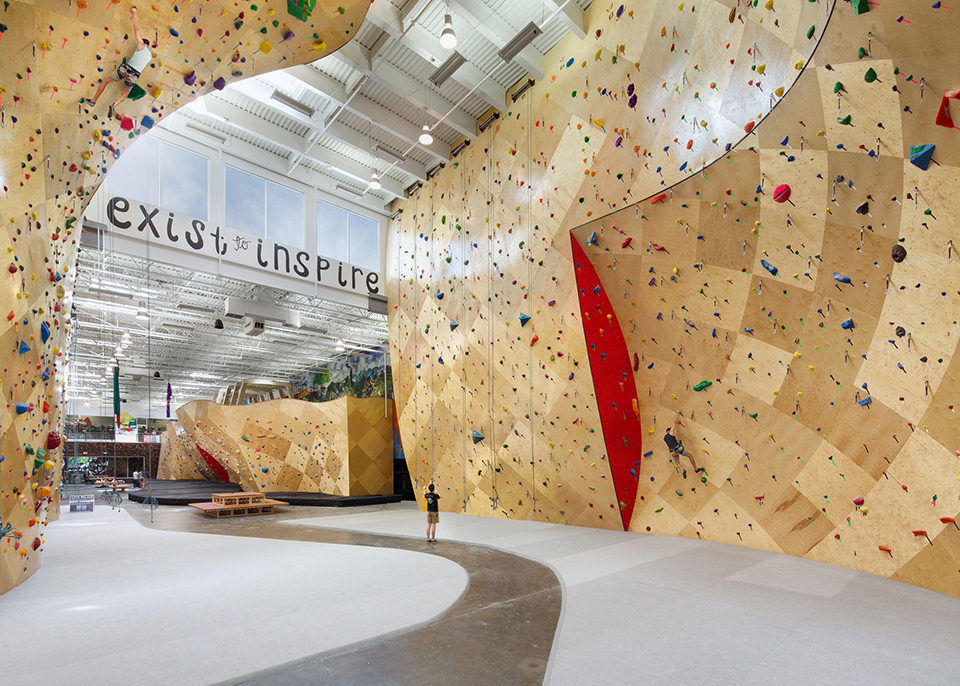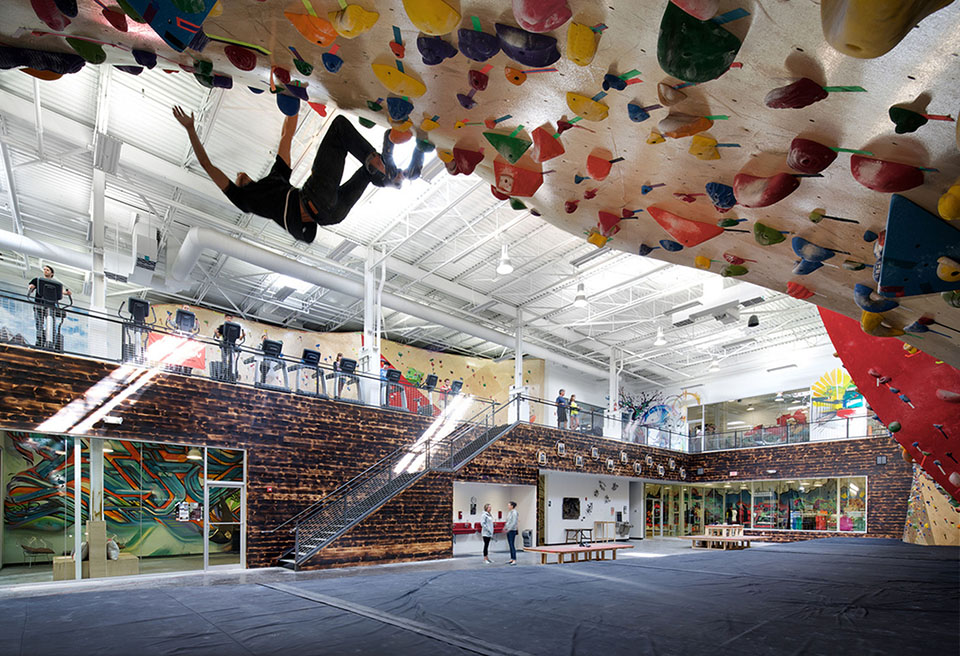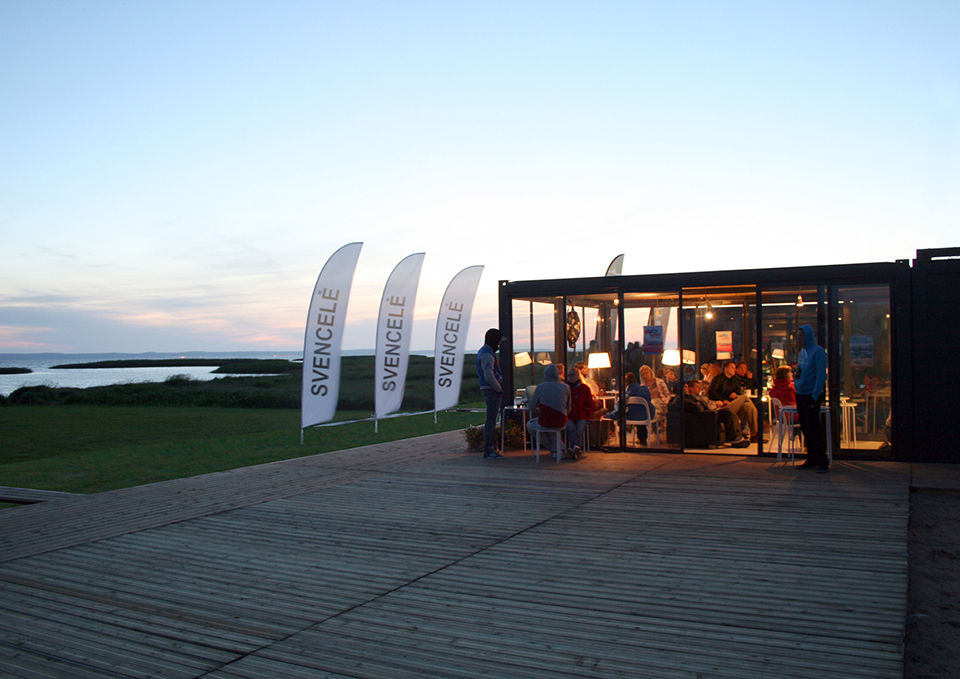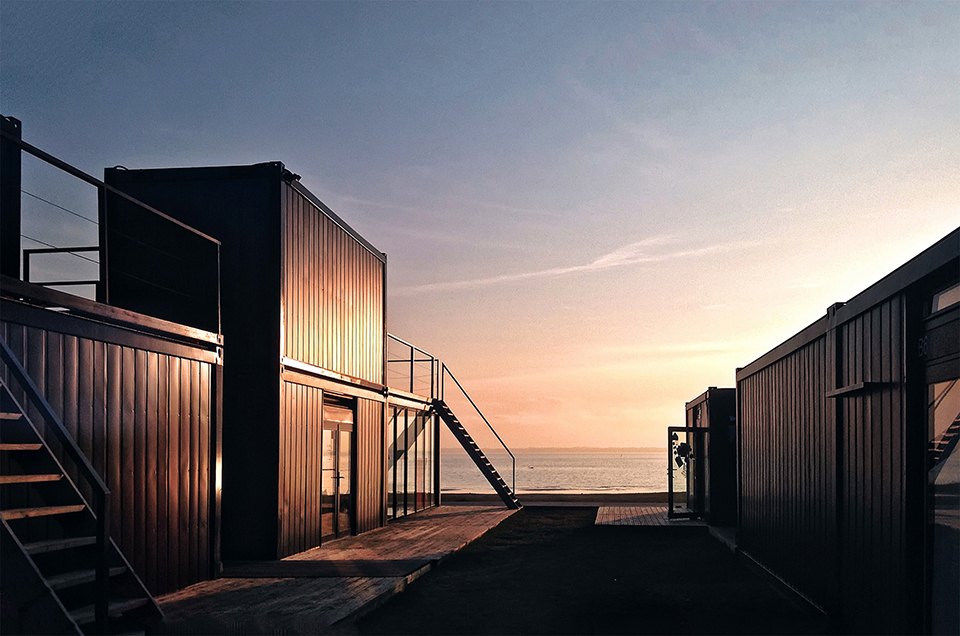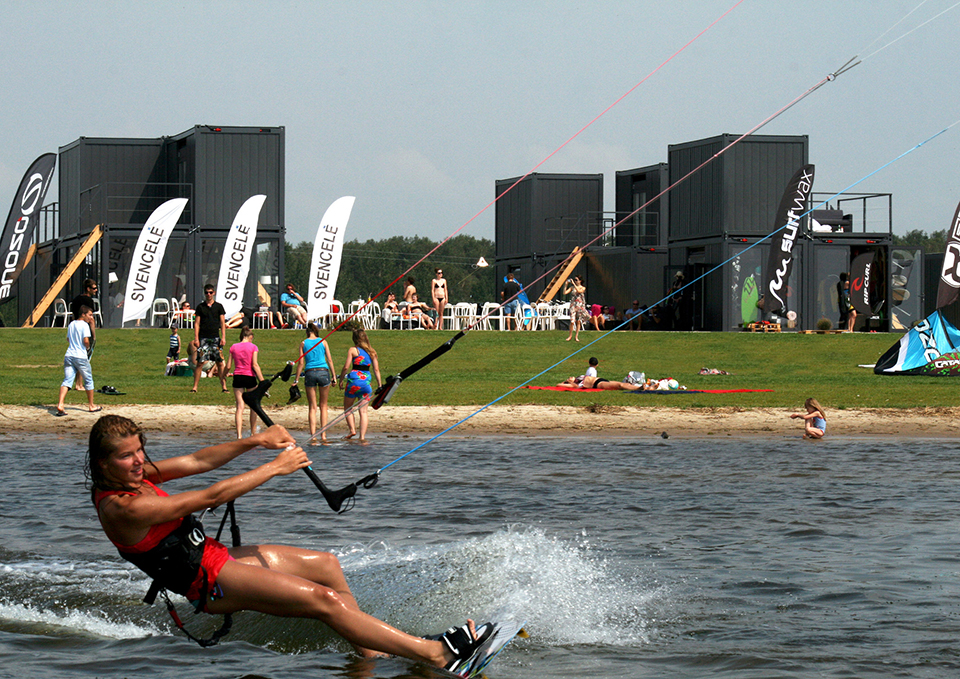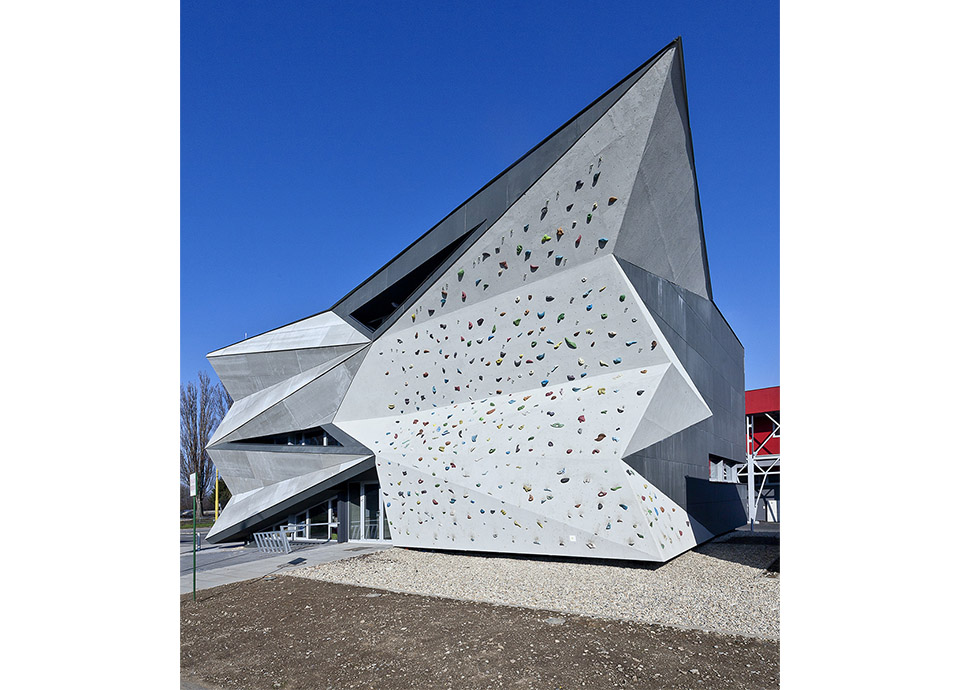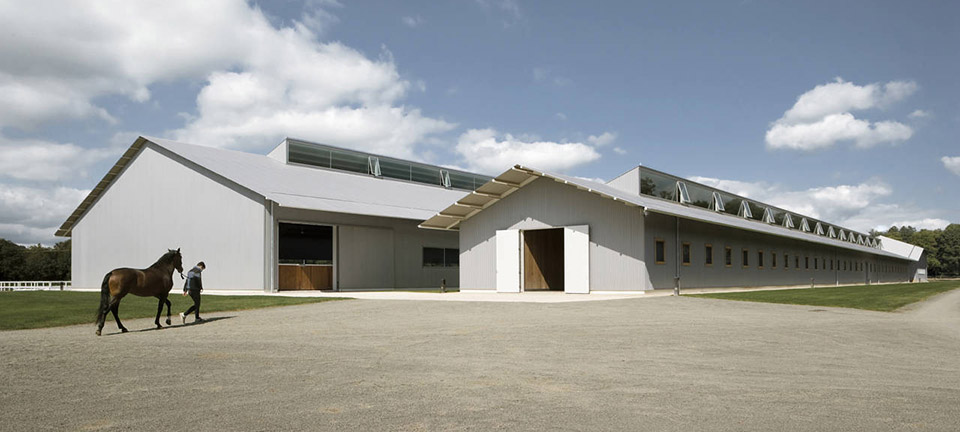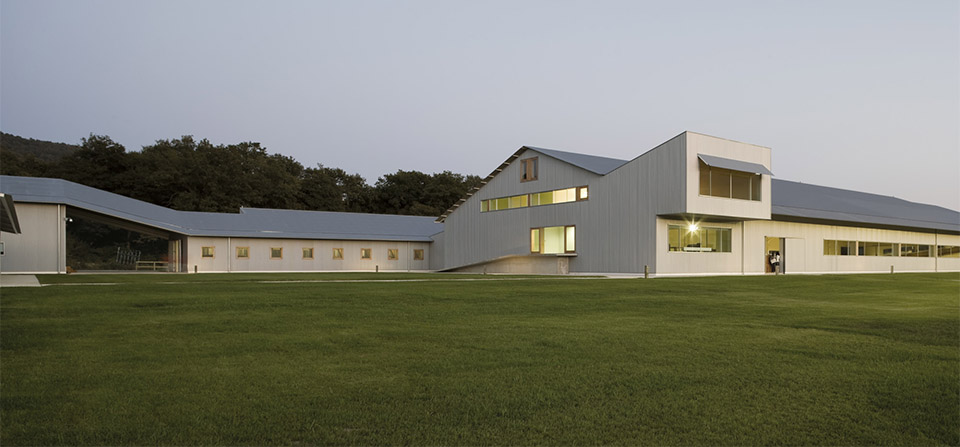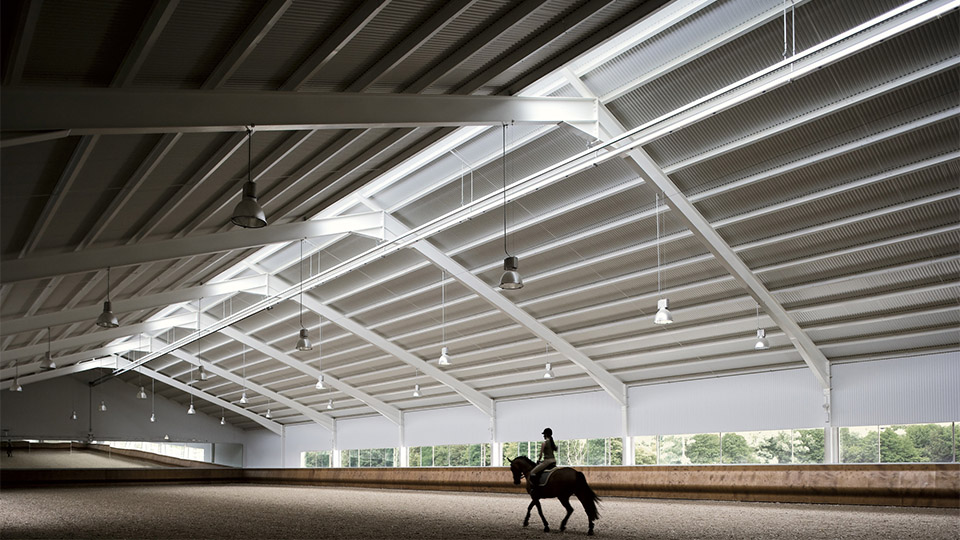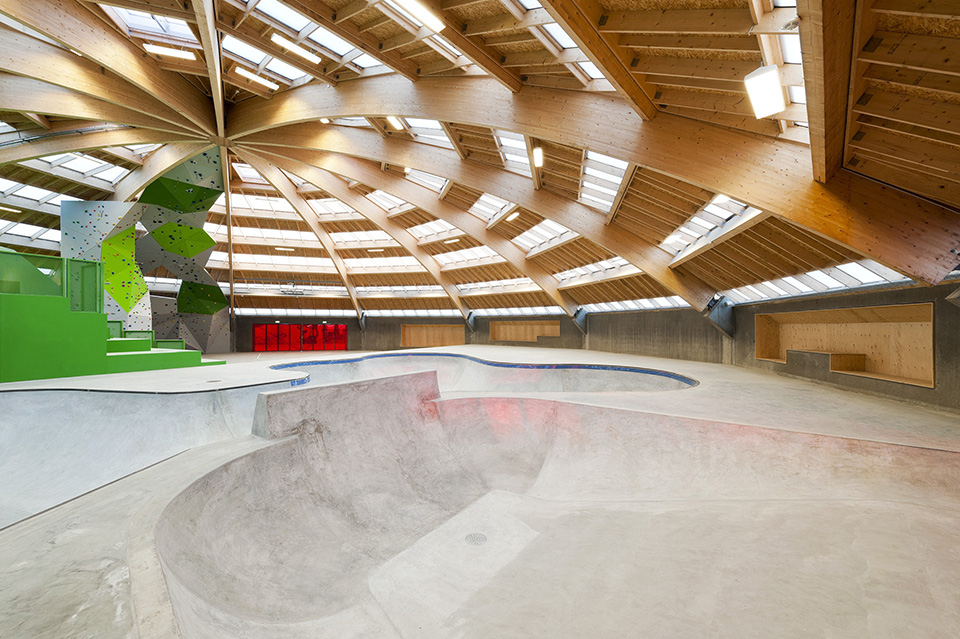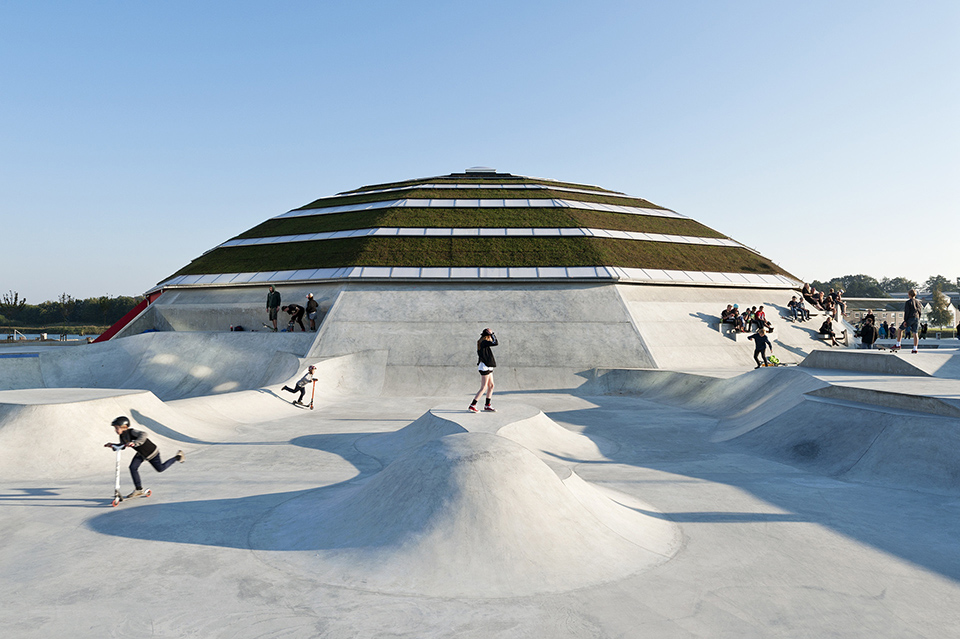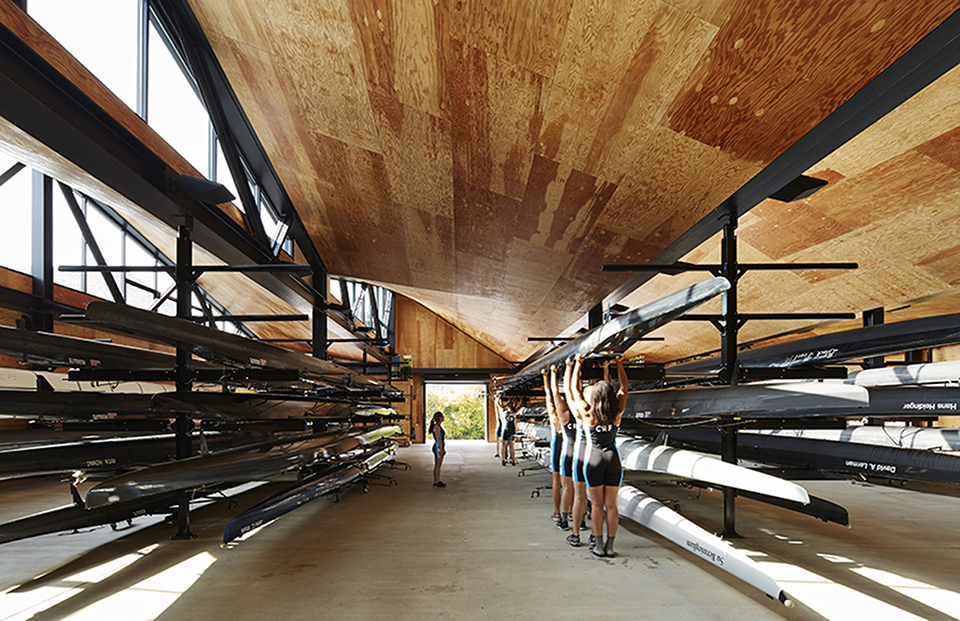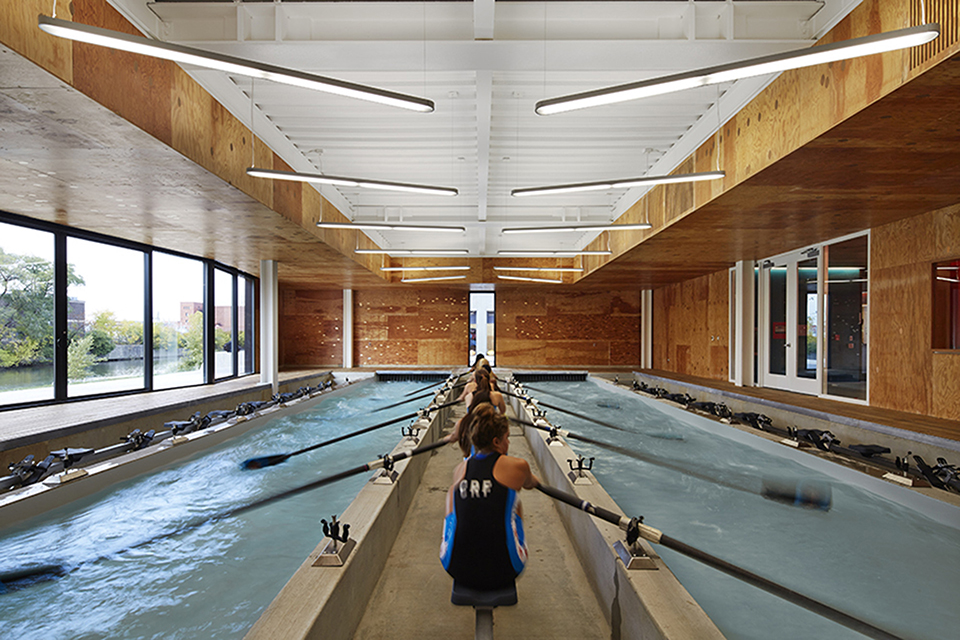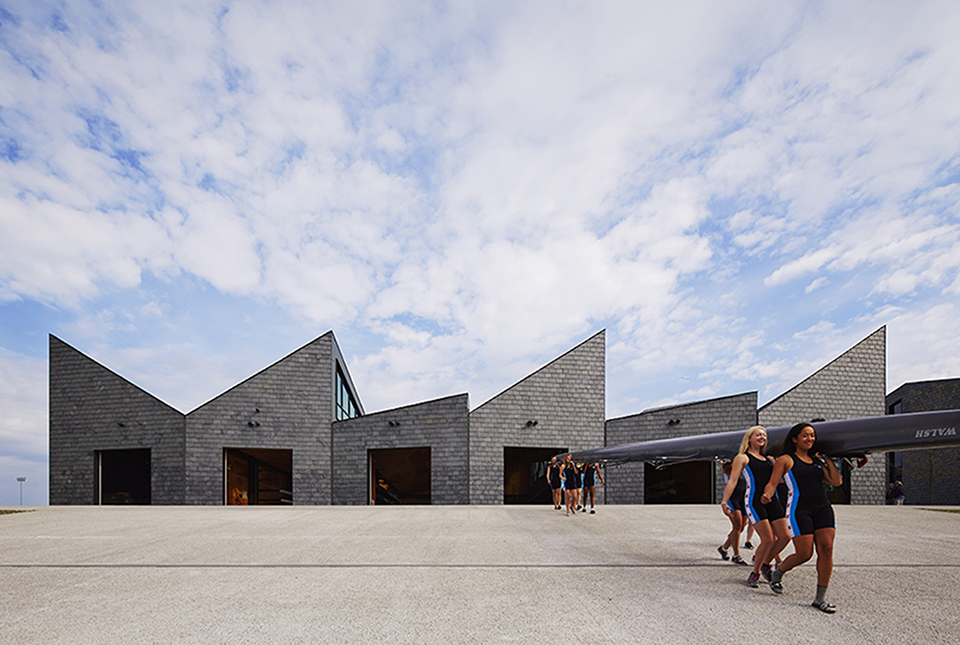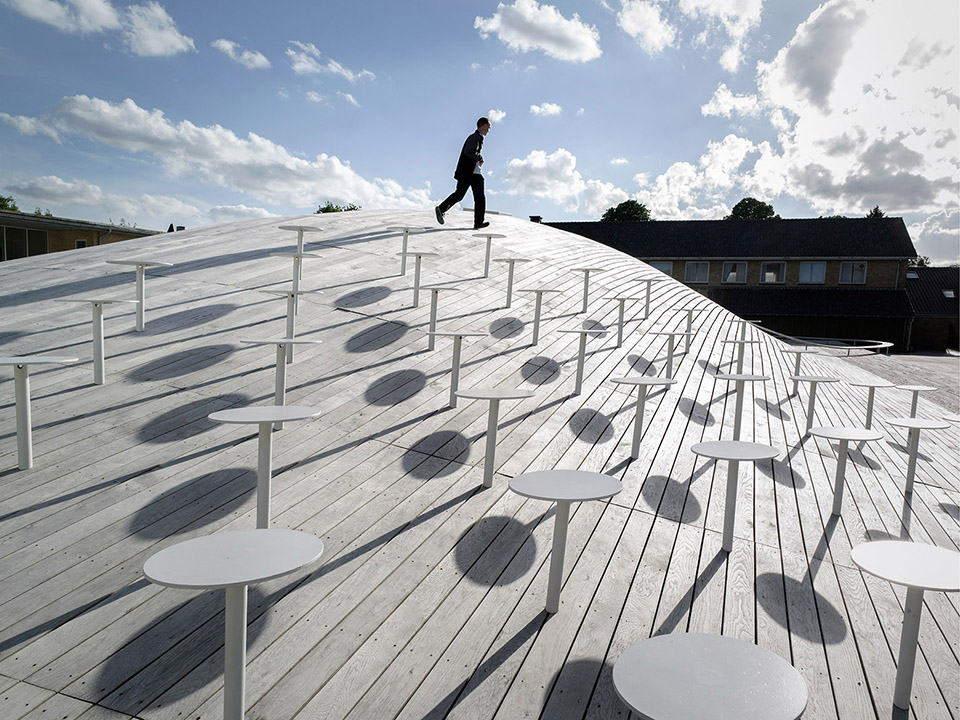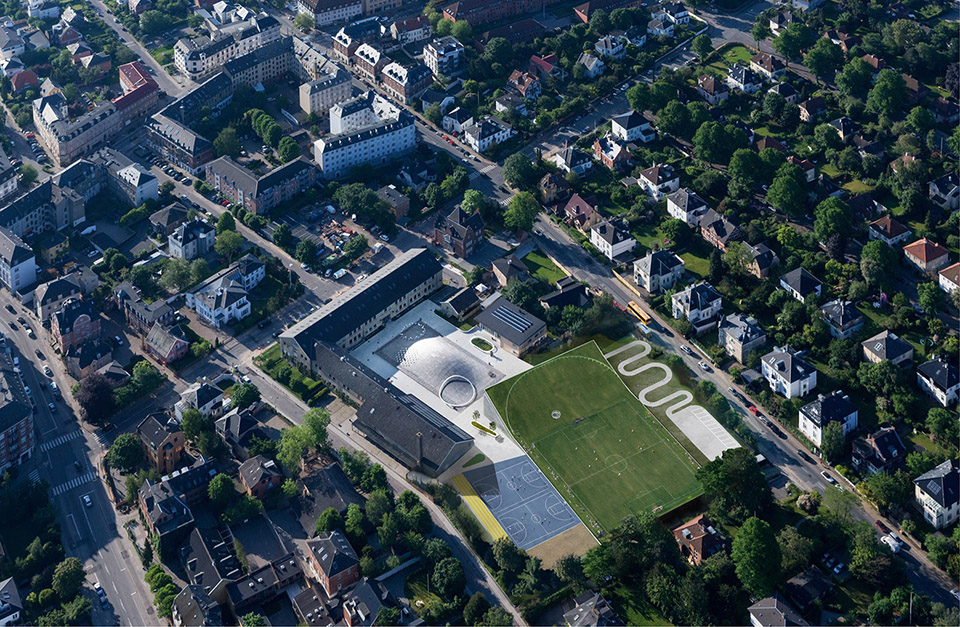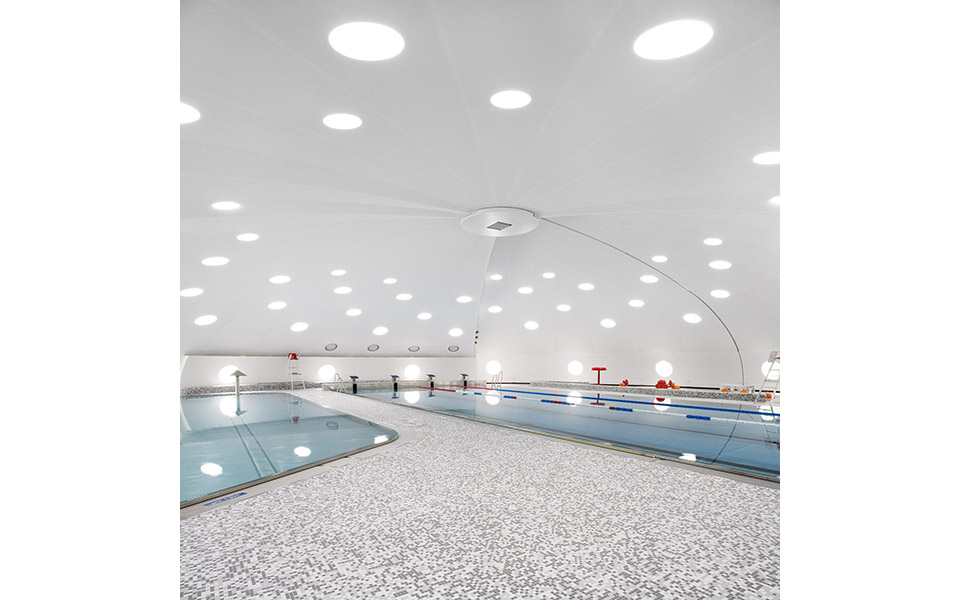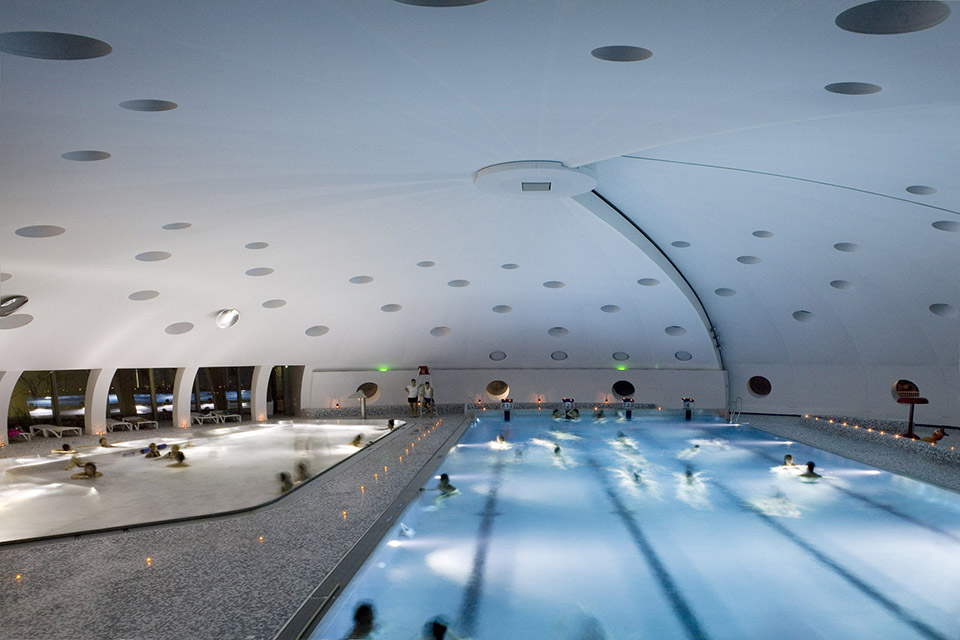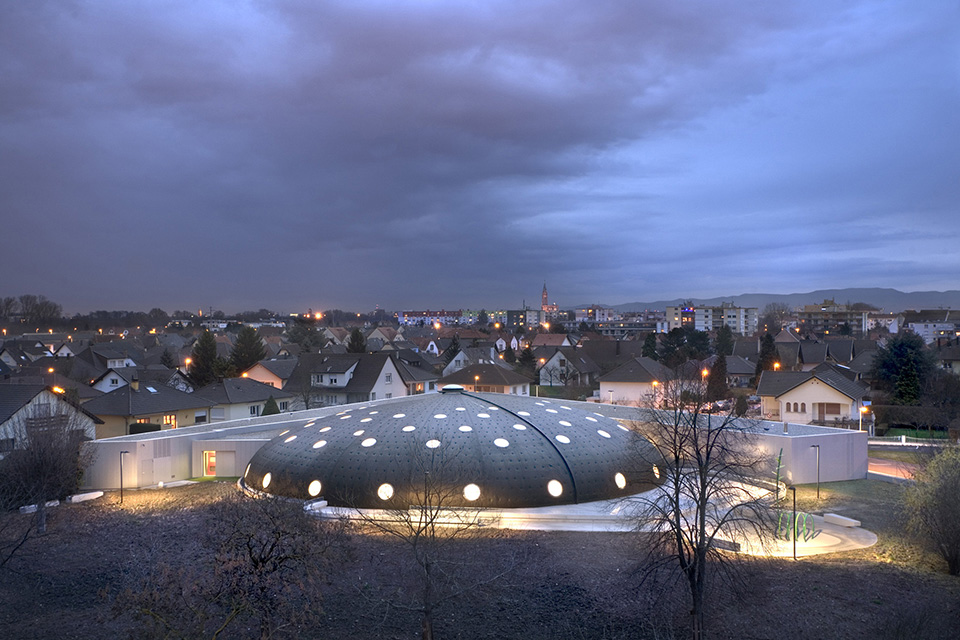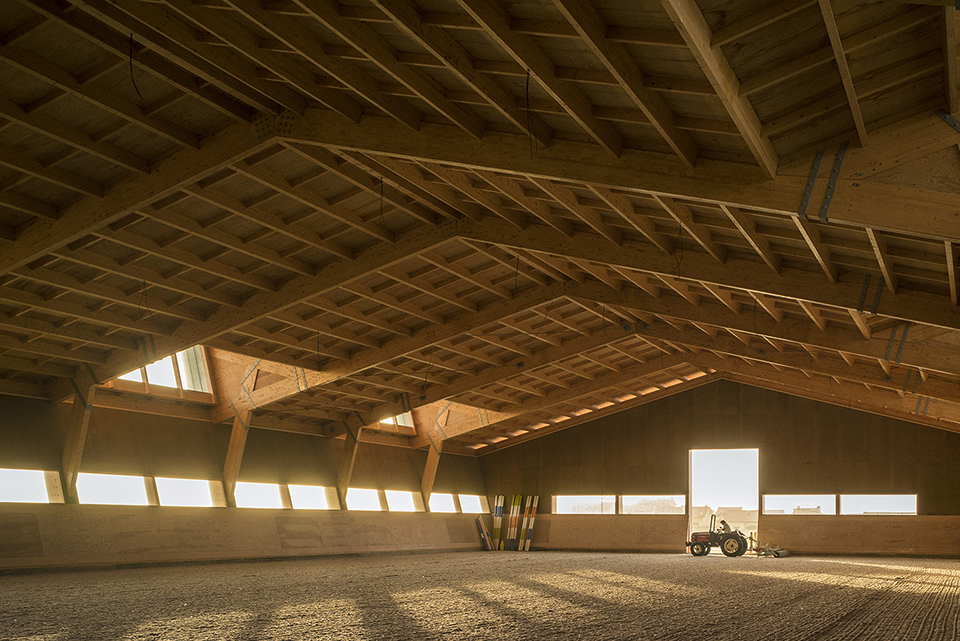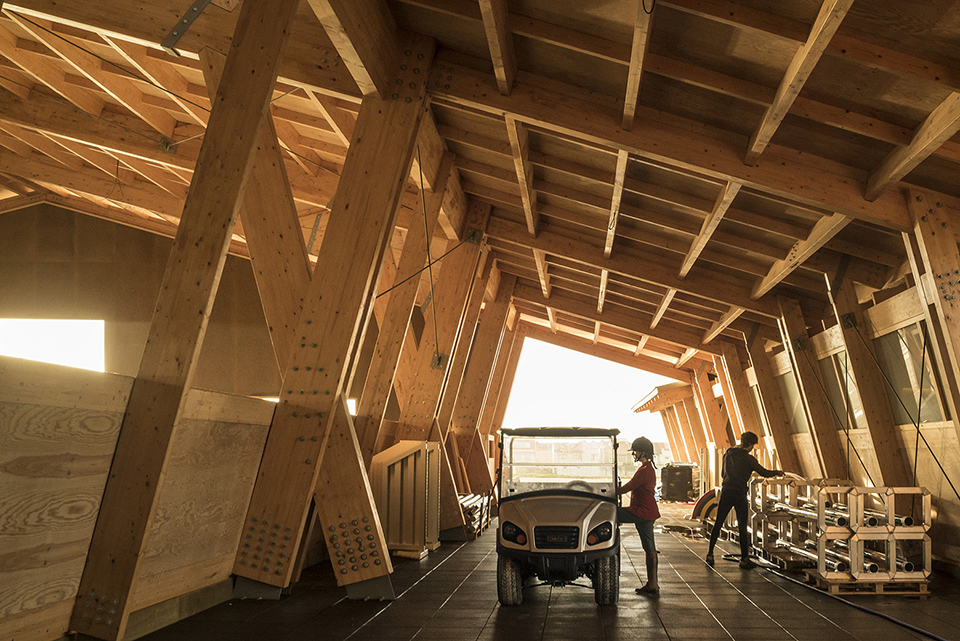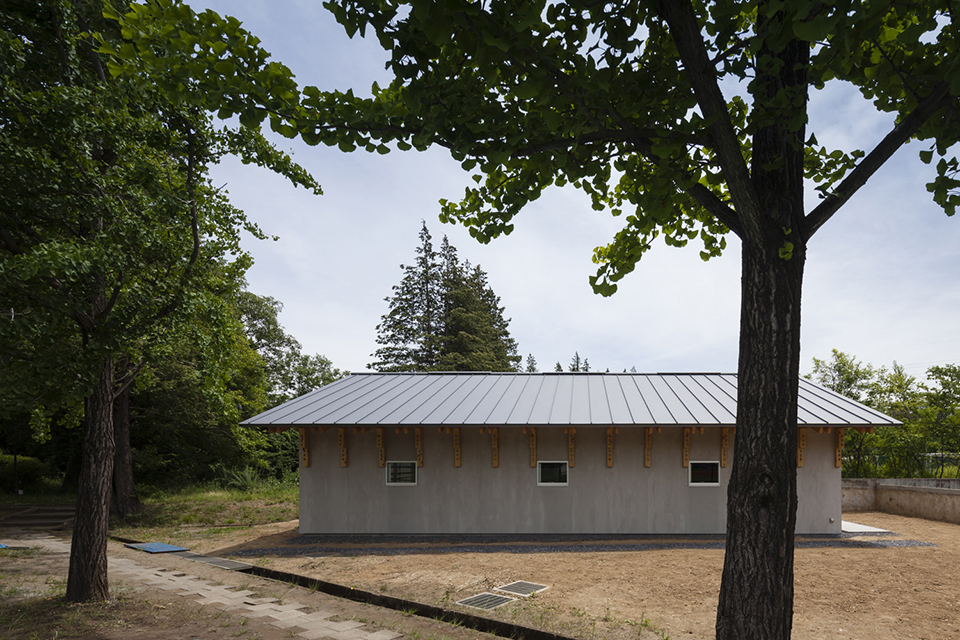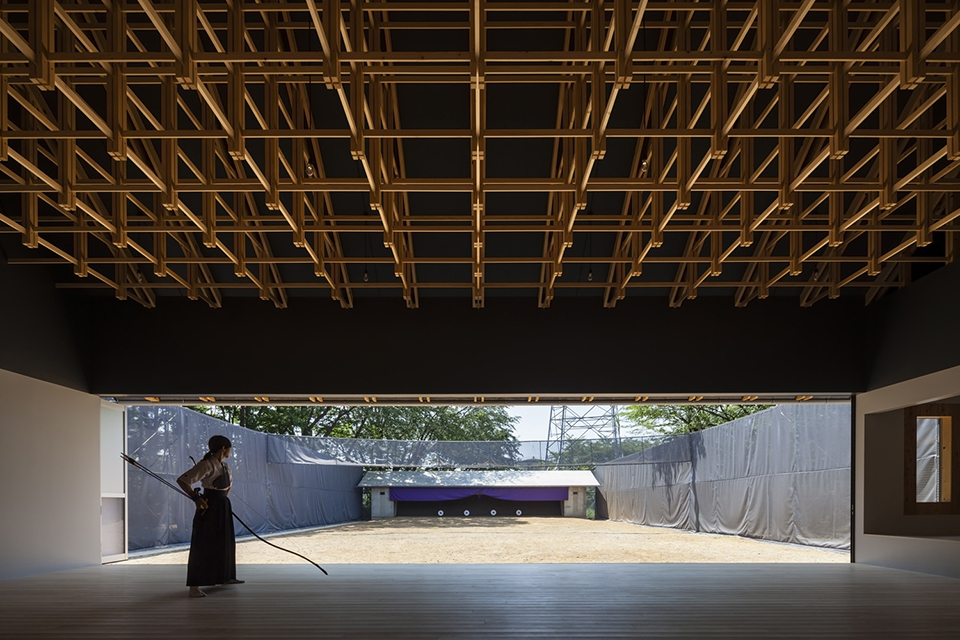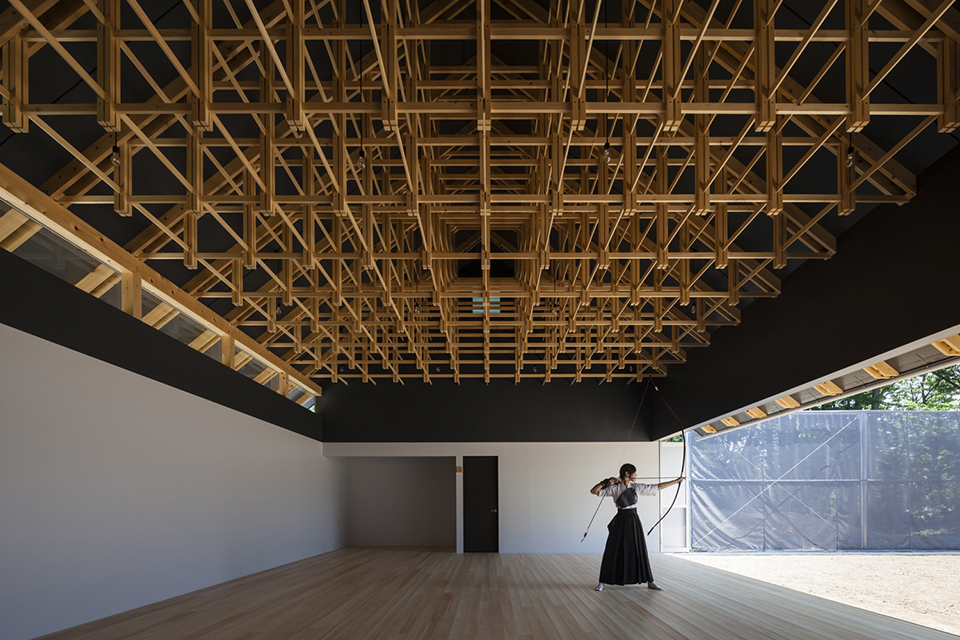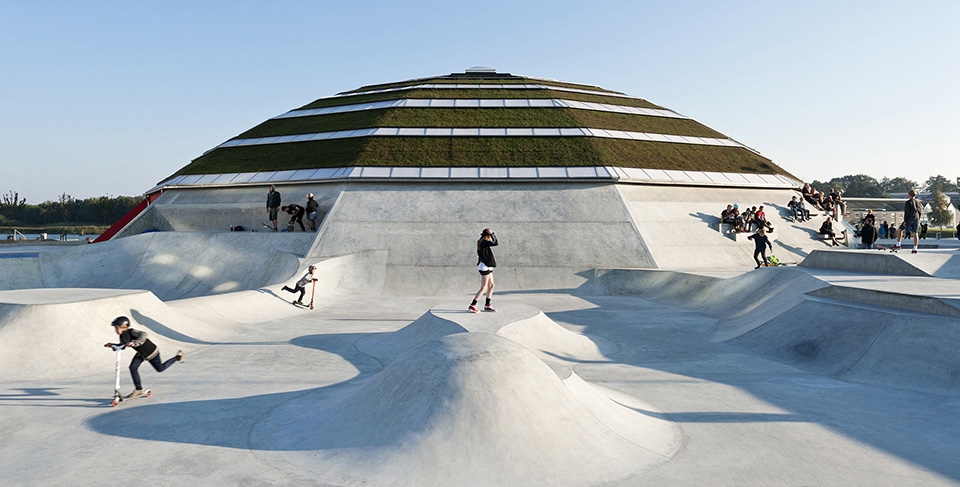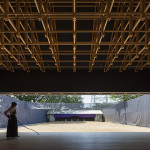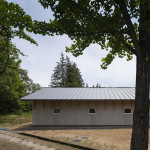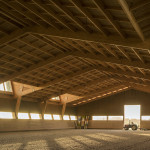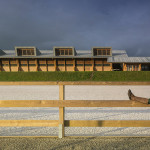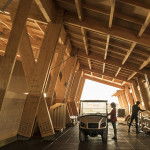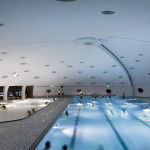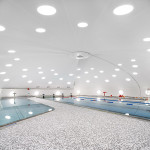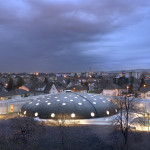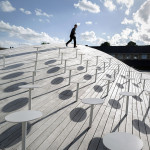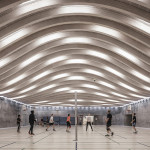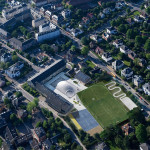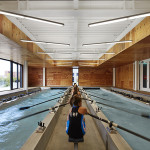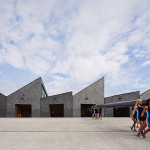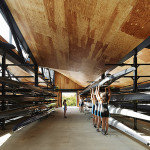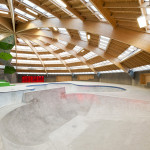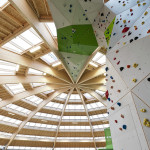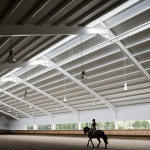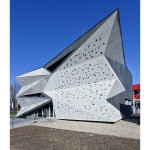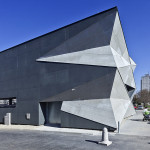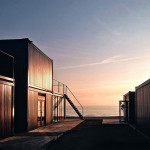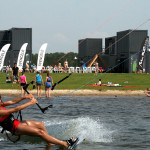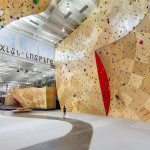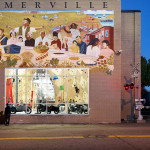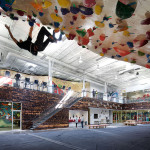Archery Hall and Boxing Club by FT Architects
Japanese firm FT Architects developed a sports facility design to house an archery hall and a boxing club for the Kogakuin University in Tokyo, Japan. The firm was tasked by the university to build low-cost structures using locally-sourced timber. Both structures also required a large column-free space as the main feature of the building. The firm did their research and worked with experts on timber to come up with unique structural designs appropriate for each sport. The archery hall features a lattice frame while the boxing club features a stepped frame. Both sports facilities have a clean and spacious aesthetic, but with unique, detailed and intricate ceilings. [photography by Shigeo Ogawa] Archery Hall and Boxing Club | Gallery View in gallery View in gallery View in gallery
Equestrian Centre by Carlos Castanheira and Clara Bastai
The Equestrian Centre located at Cabo do Mundo in Leça da Palmeira, Portugal by architects Carlos Castanheira and Clara Bastai is made completely out of timber, from the cladding and building structure to the walls, ceilings and partitions. Castanheira and Bastai describe themselves as functionalists and, in their work, always consider the inhabitants of the structures they build. For the Equestrian Centre, they worked with people who know and work with horses to make sure that the structure evokes function and comfort. The Centre includes a timber stable building, two covered riding arenas, a social building, and a cellar. It also includes paddocks, an external riding arena, jumping arenas and riding paths. The buildings feature sloping walls and exposed framework, emphasizing the use of timber. In total, it’s an inspiring sports facility design for a very traditional kind of athlete. [photography by Fernando Guerra] Equestrian Centre | Gallery View in gallery View in gallery View in gallery
Tournesol Swimming Pool by Urbane Kultur
French firm Urbane Kultur expanded a “Tournesol” swimming pool in Lingolsheim, France. “Tournesol” swimming pools were built by architect Bernard Schoeller in the 70’s. These structures were enclosed in a dome, featured large sliding entries, and reflected an elegance that Urbane Kultur wanted to retain. The firm expanded the space within the dome by removing the changing rooms and adding two additional pools. The dome itself was also rebuilt – the exterior was covered in black rubber while the interior was covered in white canvas. A boomerang-shaped extension building clad in steel panels was also created to house the entrance hall, new changing rooms, offices and technical rooms. [photography by Jean Baptiste Dorner] Tournesol Swimming Pool | Gallery View in gallery View in gallery View in gallery
Sports and Arts Facilities by BIG
The Bjarke Ingels Group was commissioned for the expansion of the Gammel Hellerup High School in Denmark. BIG created a multi-purpose hall, situated five meters below the ground in the courtyard of the school, and a new arts building placed between the multi-purpose hall and adjacent football fields, with parts of the building placed beneath the football fields. The roof of the multi-purpose hall above ground is curved with a decked wooden surface and serves as an informal meeting place for students. The edge of the roof is also perforated with small windows to allow natural light into the hall below, which has concrete walls, curving timber framework on the roofs and solid ash floors. [photography by Iwan Baan, Jens Lindhe, Rasmus Hjortshoj] Sports and Arts Expansion | Gallery View in gallery View in gallery View in gallery
WMS Boathouse by Studio Gang Architects
Studio Gang designed and built the WMS Boathouse at Clark Park on the north side of the Chicago River. The boathouse is part of the mayor’s riverfront revitalization plan and houses the Chicago Rowing Foundation, which offers indoor and outdoor activities like rowing lessons and training, rowing-inspired yoga and more. The new boathouse, designed to depict the rhythm and movement of rowing, features structural roof forms and shapes that alternate between an inverted “V” and “M” – giving the building a ridged roof design. The unique design of the roof allows natural light and fresh air into the buildings. The exteriors of the boathouse are covered with grey slate tiles and zinc panels, while the interiors are lined with timber. It’s a purpose built sports facility design, inspired by the sport it was constructed to support. [photography by Steve Hall Hedrich Blessing] WMS Boathouse | Gallery View in gallery View in gallery View in gallery
StreetDome by CEBRA and Glifberg+Lykke
The StreetDome, a skate and street sports park and cultural center in Haderslev, Denmark, is an alternative sports facility design by CEBRA and Glifberg+Lykke. StreetDome is essentially a large urban space for street sports, social interaction and activities. CEBRA’s “Igloo” or the dome-shaped sports hall houses facilities for street basketball, skateboarding, parkour and bouldering. Glifberg+Lykke’s 4,500 square meter skate park has three sections: a street plaza, a transitions-based flow section and a park section. The two firms worked together to make the dome and the park well-integrated. On the outside, the dome blends well with the concrete landscape. On the inside, it features wooden panels and translucent glazing. There is a climbing wall on one side and bleacher seating around a performance area. Wide entry areas connect the skate park to the area inside the dome. [photography by Mikkel Frost / CEBRA] StreetDome | Gallery View in gallery View in gallery View in gallery
Equestrian Center by Francisco Mangado
This Elite Equestrian Center by architect Francisco Mangado is an elegant complex set in the middle of Ultzama Valley in Navarra, Spain. The design, structure and organization of the center were largely guided by the site, the function of the center itself as an equestrian center specializing in dressage and boarding of horses, as well as the architectural presence of the nearby buildings. The architect also took into consideration the mix of different required areas like training facilities, stalls, and domestic and housing spaces. The equestrian center features steel sheet-covered walls and oakwood, which was used in the interiors, vertical cladding, pavement and window frames. The roof is also the same for the entire complex and slopes accordingly along the different areas or facilities. [photography by Pedro Pegenaute] Equestrian Center by Francisco Mangado | Gallery View in gallery View in gallery View in gallery
Cultural and Sports Center by Architektonické štúdio Atrium
Architectural Studio Atrium transformed an old heat exchanger into a public, cultural and sports center in the residential district of Nad Jazerom in Košice, Slovakia. The heat exchanger was one of several small thermal stations that were used to deliver heat to housing developments in the area. The Košice European Capital of Culture 2013 project aimed to transform eight of these heat exchangers into community centers. For this particular heat exchanger, Atrium gave it a geometric design and a jagged, protruding facade, one side of which is a rock-climbing wall that people can actually climb. The building has five interconnected floors that have been turned into gallery spaces, and a rooftop with four large trees and a lounge area for visitors. [photography by Lubo Stacho] Cultural and Sports Center | Gallery View in gallery View in gallery View in gallery
Kiteboarding and Windsurfing Center by DO architects and Aketuri Architektai
DO Architects and Aketuri Architektai collaborated to design and build the kiteboarding and windsurfing center in Svencele, Lithuania. The center is made up of 37 portable containers that were carefully organized into a complex of structures that house different functional areas. The complex of containers include surf shops and schools, a cafe and a stage terrace on the waterfront side, as well as living and amenity spaces on the inland side. The kiteboarding and windsurfing center is only a small part of a master plan to convert 30 hectares of an old duck farm into a residential and recreational development. Kiteboarding and Windsurfing Center | Gallery View in gallery View in gallery View in gallery
Brooklyn Boulders by Arrowstreet
Brooklyn Boulders is a different type of community space where people can work and collaborate, as well as engage in rock climbing and fitness activities. Architecture studio Arrowstreet worked closely with Brooklyn Boulders Chief Development Officer Chris Ryan to design the hybrid rock climbing, fitness and co-working facilities. Aside from world-class climbing walls, the Brooklyn Boulders community space includes areas for yoga classes, personal fitness and weight training, cafe and lounge spaces, saunas, showers and locker rooms, as well as a collaborative workspace with tables, chairs, stand-up desks and a whole lot of space for meetings and presentations. [photography by Ed Wonsek] Brooklyn Boulders by Arrowstreet | Gallery View in gallery View in gallery View in gallery These 10 structures and spaces can really open your mind not only to non-traditional sports but also to the unfathomable creativity of architects to build spaces as unique as the sport they represent. Can you think of other sports facilities or structures that should be on this list? Share with us in the comments or tell us through Facebook or Twitter!
